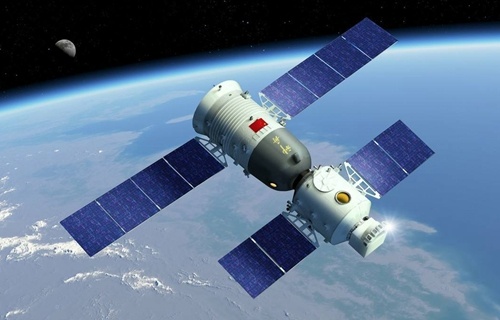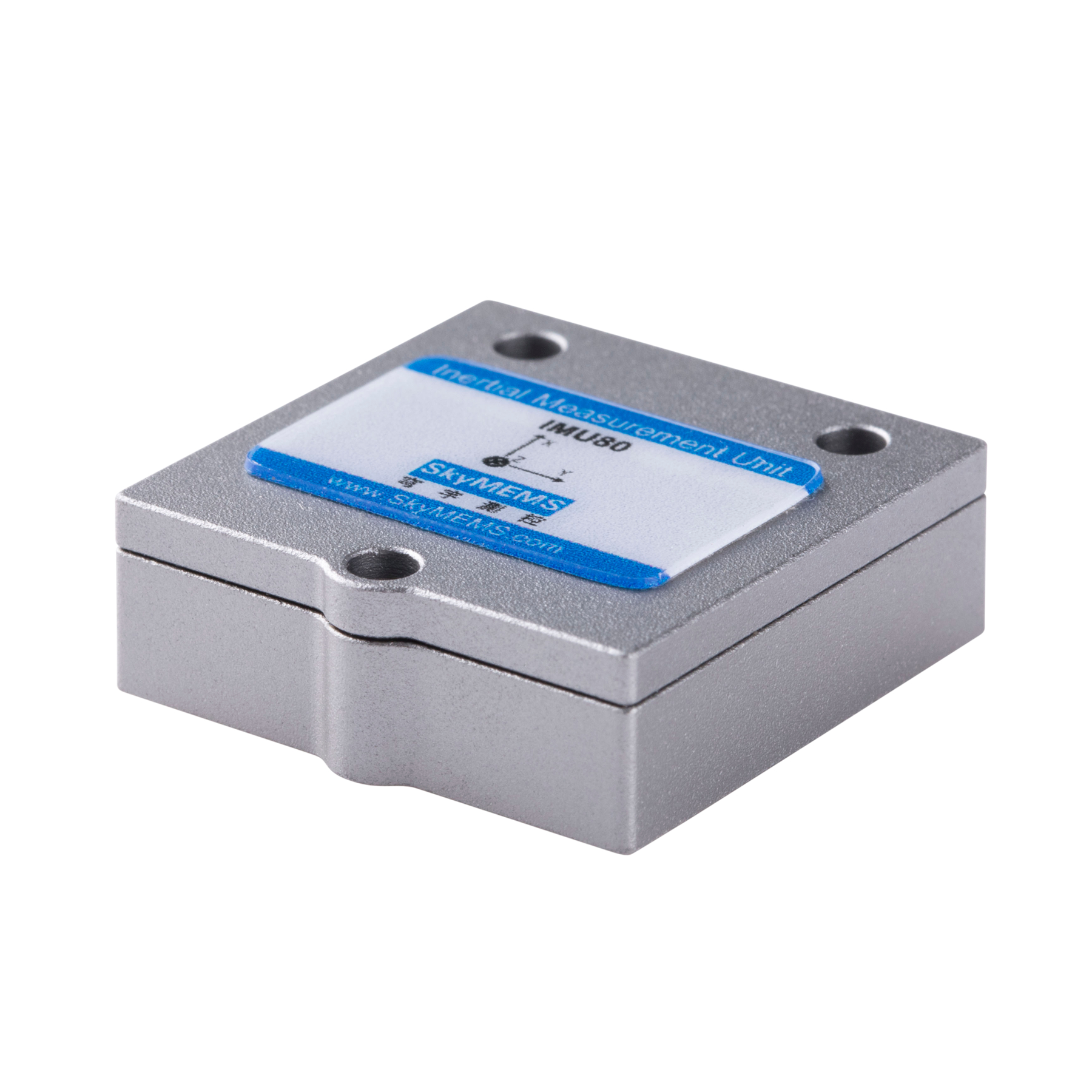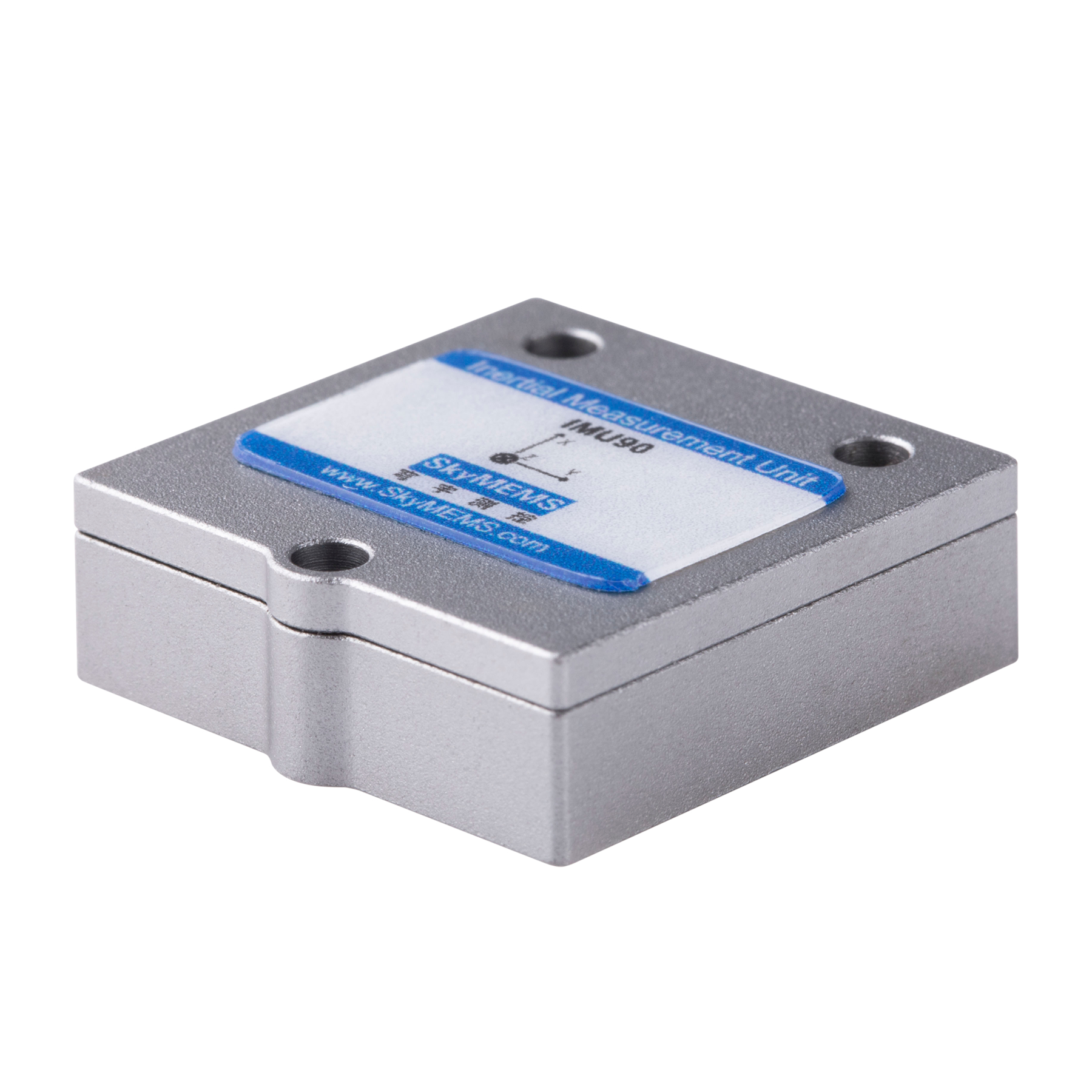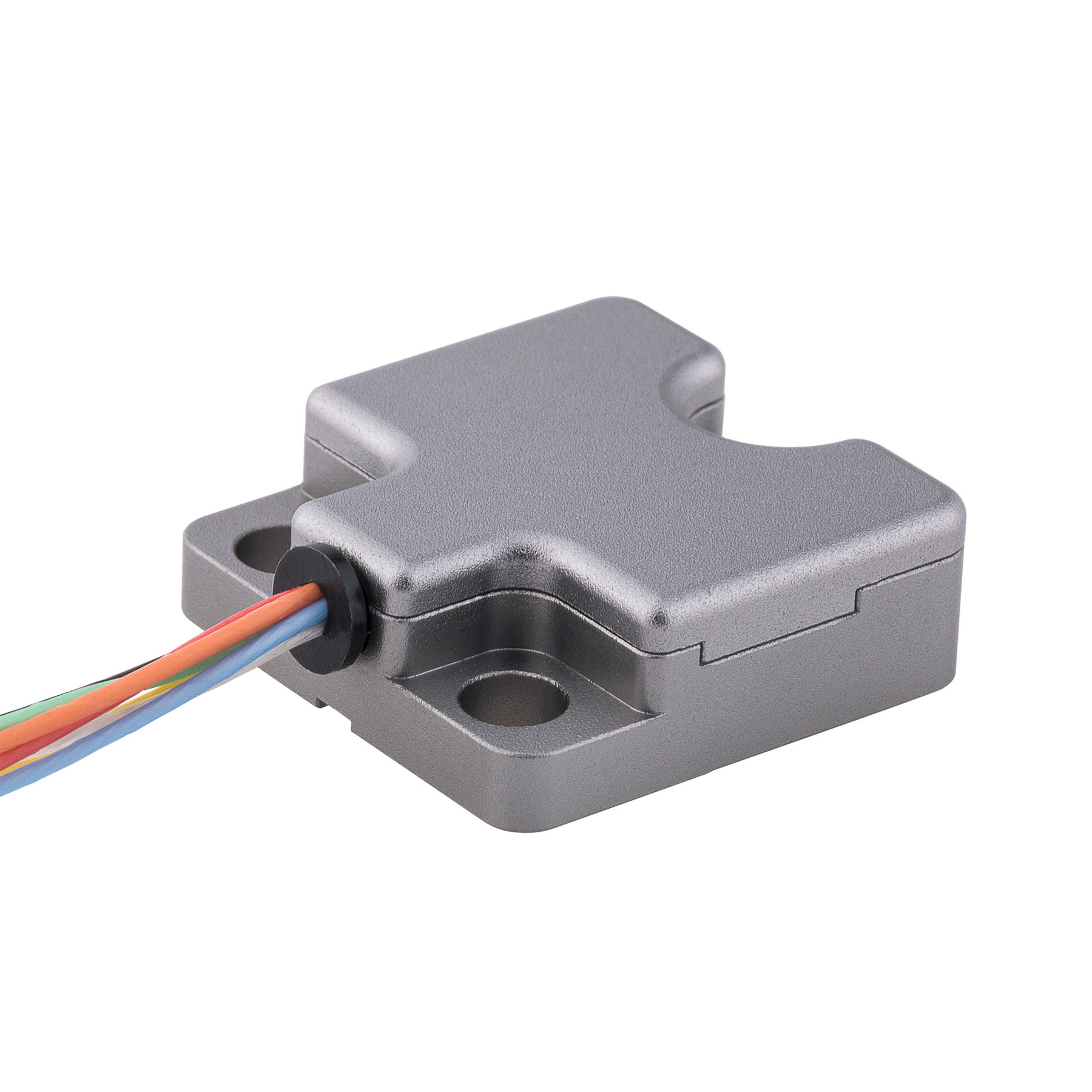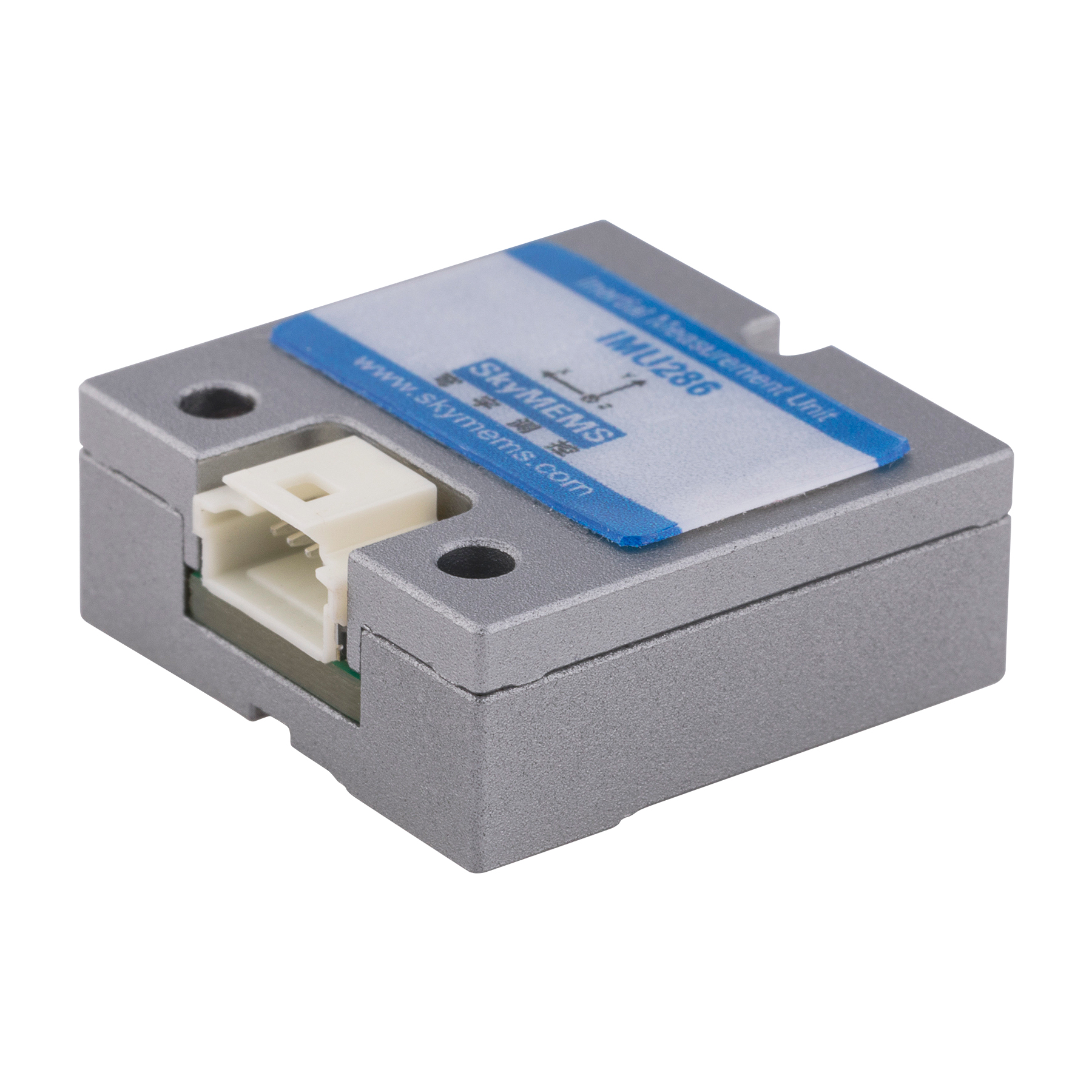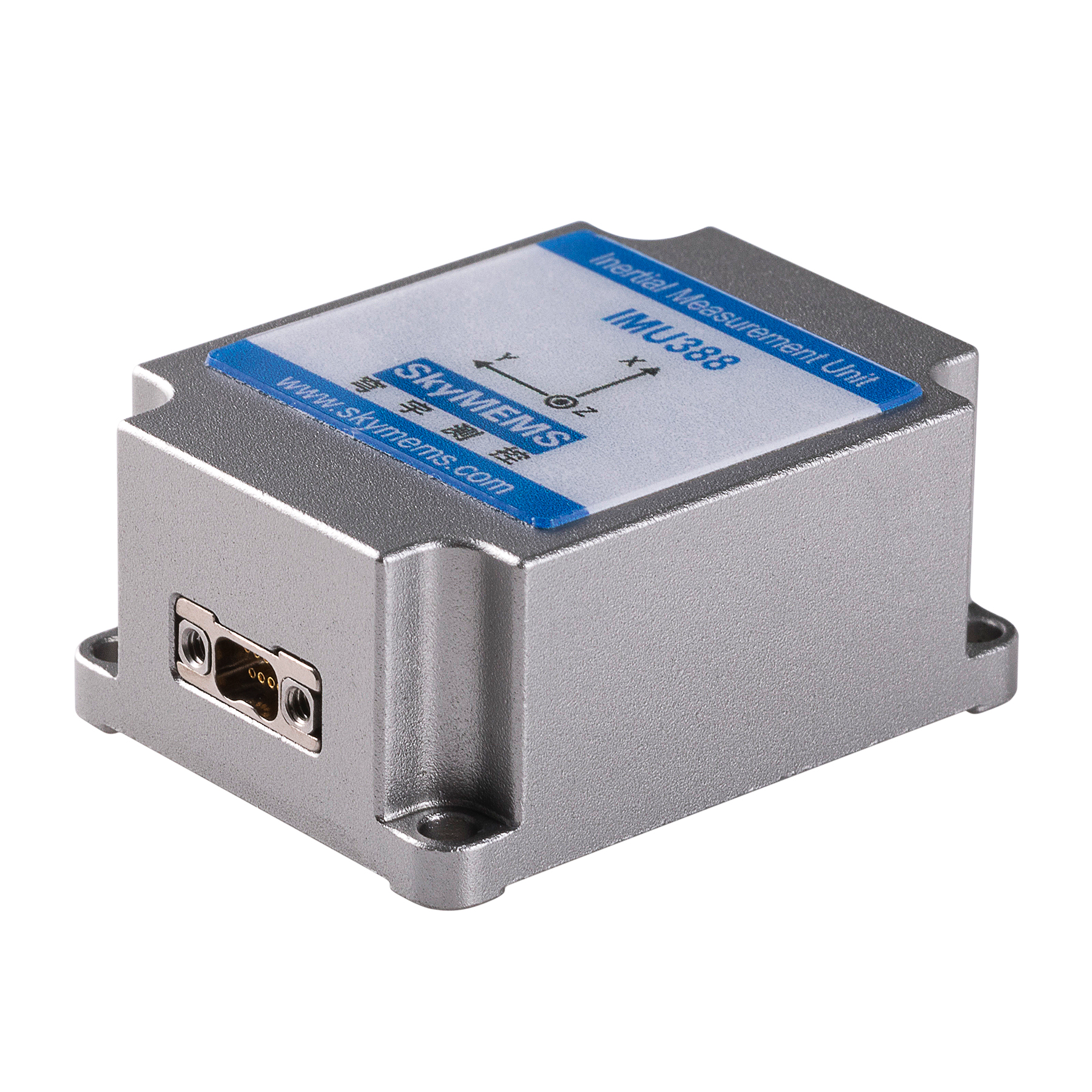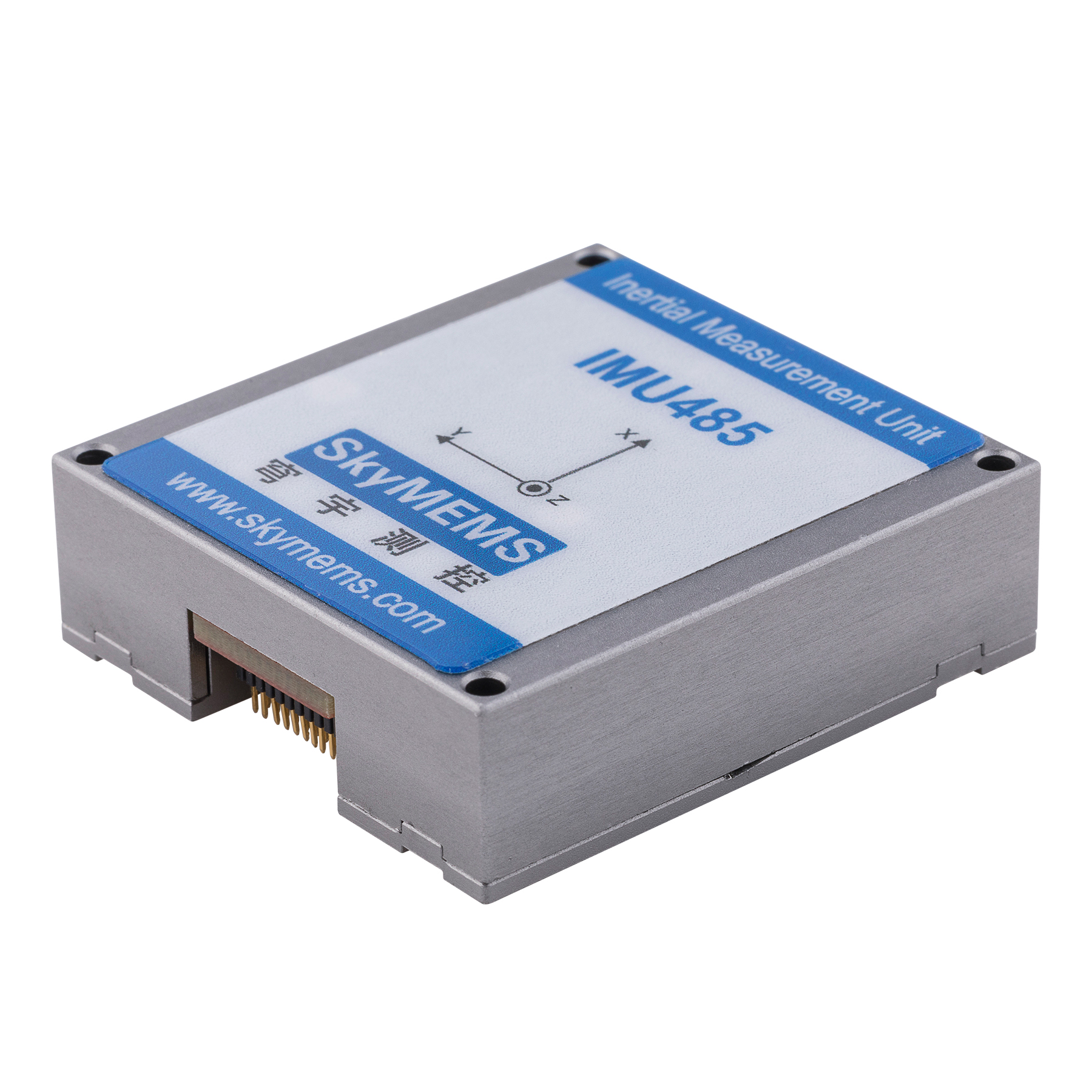Digitale Kompasse sind Geräte, die mit Hilfe elektronischer Technik Richtung und Orientierung messen. Sie zeigen Azimute digital an und werden häufig in der Navigation, Ortung, Navigation, Luftfahrt und anderen Bereichen eingesetzt.
Im Vergleich zu herkömmlichen mechanischen Kompassen, digitale Kompasse sind genauer, stabiler und leichter abzulesen. Durch den eingebauten Magnetfeldsensor, digitale Kompasse kann die Veränderungen des Erdmagnetfeldes in Echtzeit erfassen und so die Ausrichtung der aktuellen Position berechnen. Aufgrund seiner geringen Größe, schnellen Reaktion und einfachen Integration.
Sie ist zu einem unverzichtbaren Richtungsanzeiger in modernen elektronischen Geräten geworden und wird häufig in Smartphones, GPS-Geräten und Auto-Navigationssystemen verwendet.
Wie digitale Kompasse Arbeit
Digitale Kompasse funktionieren auf der Grundlage des Erdmagnetfelds und der Magnetsensortechnologie, die die Ausrichtung des Geräts durch Messung der Richtung des Erdmagnetfelds bestimmt. Im Gegensatz zu herkömmlichen mechanischen Kompassen wandelt er die Richtungsinformationen in digitale Signale um, um die Orientierung genauer und schneller anzuzeigen.
- Messung des Magnetfeldes: Digitale Kompasse sind mit magnetischen Sensoren (in der Regel Hall-Effekt-Sensoren oder Magnetometer) ausgestattet, die Veränderungen im Magnetfeld der Erde erkennen können. Die Nord- und Südpole des Erdmagnetfelds sind in etwa auf den geografischen Nordpol ausgerichtet, so dass der Sensor die Position des Geräts bestimmt, indem er die Stärke und Richtung des Magnetfelds erfasst.
- Verarbeitung von Magnetfelddaten: Der Sensor wandelt die gemessenen Magnetfelddaten in ein analoges Signal um, das dann von dem eingebauten Mikroprozessor digitalisiert wird. Der Mikroprozessor filtert und korrigiert die Daten, um den Einfluss externer Störungen (z. B. von Metallobjekten und elektronischen Geräten erzeugte Magnetfelder) auf die Messergebnisse zu eliminieren.
- Orientierungsberechnung: Digitale Kompasse kombinieren Magnetfelddaten mit den eingestellten Parametern des Geräts (wie der magnetischen Deklination), um die aktuelle Ausrichtung des Geräts zu berechnen. Da die Richtung des Erdmagnetfelds durch die geografische Lage und lokale Magnetfeldanomalien beeinflusst wird, ist vor der Verwendung in der Regel eine gewisse Kalibrierung erforderlich, um die Genauigkeit der Messergebnisse zu gewährleisten.
- Anzeige und Ausgabe: Die Messergebnisse werden über eine digitale Anzeige in Grad oder Richtungen (wie Norden, Osten, Süden, Westen usw.) umgerechnet. Einige hochpräzise digitale Kompasse kombinieren auch andere Sensoren (wie Beschleunigungsmesser, Gyroskope usw.), um die Genauigkeit zu verbessern, insbesondere in Umgebungen mit komplexen Magnetfeldänderungen.
- Multi-Sensor-Fusion: Moderne Systeme integrieren oft mehrere Sensorsysteme, wie z. B. Trägheitsmessgeräte (IMUs), um genauere Positions- und Orientierungsdaten zu liefern. Durch die Zusammenführung der Daten von Magnetometern, Beschleunigungsmessern und Gyroskopen können genauere und stabilere Orientierungsdaten in komplexen Umgebungen bereitgestellt werden.
Anwendung des digitalen Kompasses in intelligenten Geräten
- Smartphones: Die meisten Smartphones verfügen über einen eingebauten digitalen Kompass, der das Telefon bei der genauen Anzeige von Richtungen unterstützt. In Verbindung mit GPS kann ein digitaler Kompass die Genauigkeit von Karten und Navigations-Apps verbessern und dafür sorgen, dass die Nutzer genauere Fahr- oder Gehanweisungen erhalten.
- Smartwatches: In Smartwatches können digitale Kompasse verwendet werden, um Richtungsdaten zu liefern, insbesondere für Outdoor-Sportarten und Reisen. Bei Aktivitäten wie Bergsteigen, Wandern und Radfahren kann ein digitaler Kompass den Nutzern helfen, ihre Richtung zu bestimmen und einen klareren Richtungssinn zu gewährleisten.
- Geräte für erweiterte Realität (AR) und virtuelle Realität (VR): Durch die Bereitstellung genauer Richtungsdaten ermöglicht ein digitaler Kompass AR- und VR-Geräten eine bessere Verfolgung der Kopfbewegungen des Benutzers und ein natürlicheres virtuelles Erlebnis. So kann ein digitaler Kompass beispielsweise dazu beitragen, dass AR-Anwendungen virtuelle Objekte korrekt über die reale Welt legen.
- Autonomes Fahren und Autonavigationssysteme: In der Technologie des autonomen Fahrens und in Navigationssystemen für Autos können digitale Kompasse mit anderen Sensoren (wie GPS und Beschleunigungsmesser) zusammenarbeiten, um die Positionsgenauigkeit des Fahrzeugs und die Richtungswahrnehmung zu verbessern und so ein genaueres Fahren zu gewährleisten.
- Ausrüstung für Outdoor-Abenteuer: Digitale Kompasse sind in verschiedenen Outdoor-Ausrüstungen weit verbreitet, z. B. in Handnavigationsgeräten, Bergsteigerausrüstungen usw., um den Benutzern zu helfen, die Richtung in der freien Natur genau zu bestimmen und die Sicherheit zu erhöhen.
Marktaussichten
Die Marktaussichten für digitale Kompasse sind sehr vielfältig. Mit der kontinuierlichen Weiterentwicklung der Technologie und der Popularisierung von intelligenten Geräten steigt die Nachfrage in verschiedenen Branchen weiter an. Erstens hat die rasche Entwicklung der Unterhaltungselektronik wie Smartphones, intelligente tragbare Geräte und Autonavigationssysteme eine breite Anwendung gefördert.
Darüber hinaus steigt mit dem Aufkommen der Technologie für unbemanntes Fahren und dem Internet der Dinge (IoT) auch die Nachfrage nach Anwendungen in den Bereichen autonomes Fahren, Smart Homes, Drohnen usw. an. Unbemannte Fahrzeuge benötigen eine hochpräzise Richtungswahrnehmung zur Navigation und Hindernisvermeidung, und digitale Kompasse spielen dabei eine wichtige Rolle. Gleichzeitig besteht in traditionellen Bereichen wie Outdoor-Sport, Segeln und Luftfahrt als effizientes und stabiles Instrument zur Richtungsbestimmung weiterhin eine kontinuierliche Marktnachfrage.
Mit der Entwicklung neuer Technologien wie künstliche Intelligenz, erweiterte Realität und virtuelle Realität werden die Anwendungsszenarien in Zukunft vielfältiger und die Marktnachfrage wird weiter steigen. Insbesondere die weit verbreitete Anwendung der AR/VR-Technologie als Schlüsselkomponente für die Richtungsbestimmung wird die weitere Entwicklung dieser Technologien unterstützen.
Mit seiner präzisen Richtungswahrnehmung und seinen breiten Anwendungsmöglichkeiten ist der digitale Kompass zu einem unverzichtbaren Bestandteil moderner Navigations- und Ortungssysteme geworden. Vom Smartphone bis zur fahrerlosen Technologie, vom Outdoor-Abenteuer bis zur virtuellen Realität - die Anwendung von es in verschiedenen Bereichen wird weiter ausgebaut und bietet den Nutzern intelligentere und genauere Dienste. Mit dem technologischen Fortschritt und dem Aufschwung der Schwellenländer werden die Funktionen digitaler Kompasse immer leistungsfähiger und die Anwendungsszenarien vielfältiger werden. In der Zukunft, es wird auch in Zukunft eine wichtige Rolle in den Bereichen Navigation, Ortung, erweiterte Realität und anderen Bereichen spielen und unser tägliches Leben und die High-Tech-Entwicklung stark unterstützen.


